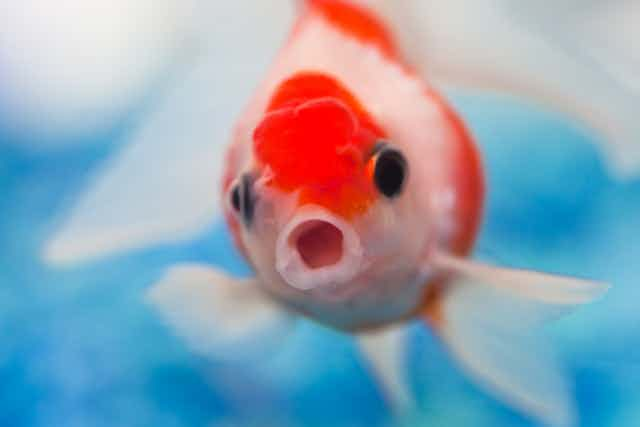Rainbowfish embryos, as young as only four days after fertilisation, are able to smell potential predatory threats, a new study by Australian researchers has found.
Published today, the findings show these embryos use olfactory cues to determine and differentiate between predatory threats - while still in the developing egg.
Researchers bred rainbowfish (Melanotaenia duboulayi) in a clinic aquarium and harvested the eggs. After letting the eggs develop for four days, they placed them in a water-filled petri dish and added different smelling compounds to it.
According to Culum Brown, associate professor at Macquarie University and one of the authors of the study, the “predator smells” were simply water taken from a fish tank containing a goldfish and a spangled perch, which are an introduced and native predator respectively.
Under a microscope, they observed for changes in the heart rate by counting the time taken for 100 heart beats. Because an increase in heart rate is a primary stress response that provides increased oxygen to the body, researchers can gauge how stressful the embryos find various experiences based on such changes.

The results showed that when embryos detected danger their heart rate increased, just as it would if you were frightened. This meant that their chemosensory system, which is required to detect and respond to chemical cues, is already developed well enough to allow them to differentiate between various smells just four days after fertilisation.
“As behavioural ecologists, we tend to think of anything an animal does as being a trade-off between predation and behaviours involved in foraging, courtship and territorial defence,” said Grant Brown, professor and associate dean at Concordia University. “These results show that the basis for these trade-offs may occur much earlier than previously thought.”
Jennifer Kelley, a scientist with the University of Western Australia, explains that predator recognition is required at such an early age because responding to predator cues is absolutely crucial for early survival. For example, detection of “alarm cues” suggests that other fish in the vicinity have been attacked by predators.
“Although fishes can fine-tune their skills at later life stages through experience with predators and their cues such as odours, the findings show that the response of the embryos was innate because the fish were kept without predators for many generations,” she said.

Associate Professor Brown agreed, saying it was likely the response referred to a genetic template. The “predator smell” permeates the egg membrane and the embryos detect it using their nose. If the smell matches the template for danger, they initiate a fight-or-flight response which includes increasing the heart rate.
According to Dr Kelley, the fact that the embryos showed a graded response to predators, even before hatching, suggests that they may be able to modify their development and behaviour in an adaptive way. Such flexibility allows animals to display skills that are specific to their environment.
“It is important to understand this adaptability, particularly for native fishes such as rainbowfish. Freshwater ecosystems are facing increasing threats, for example from the introduction of exotic predatory species.
"This work contributes towards understanding how Australia’s native aquatic fauna will respond to such threats,” she said.

